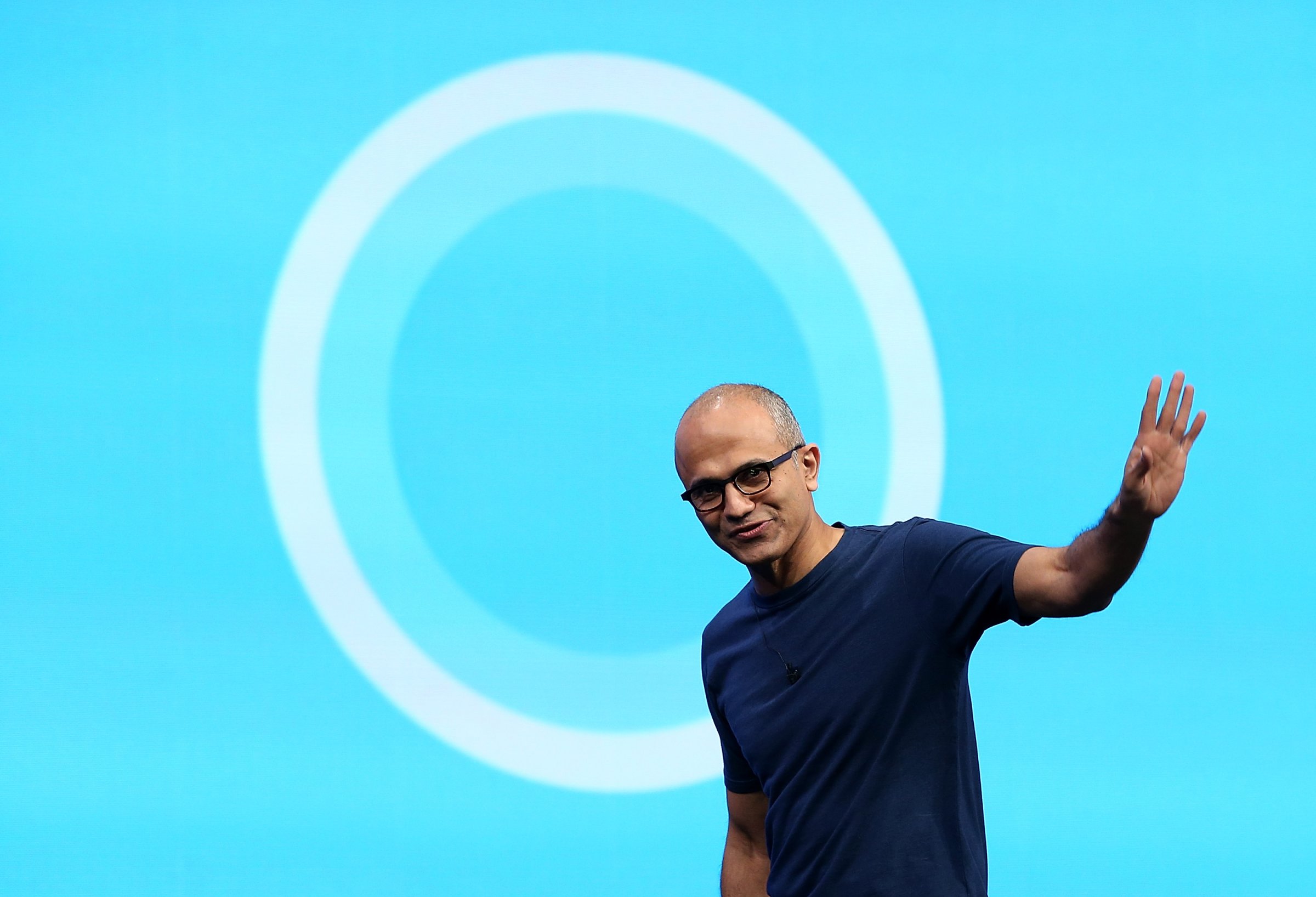
Move over Siri, here comes something different. For the first time since its launch in April 2014, Cortana, Microsoft’s voice-activated assistant, is now available on smartphones other than Windows devices.
A surprise move that speaks volumes about Microsoft’s newfound flexibility and willingness to abandon convention, the Cortana app works quite well on Apple’s iPhone. But a Siri replacement it is not. Instead, Cortana makes it clear that there’s room for two voices on the iPhone.
There are some key differences between Siri and Cortana. Both can fetch web-sourceable information like weather forecasts and sports scores. Yet because Siri is stitched into the iPhone’s operating system, it’s the only voice assistant that can perform commands at the touch of the home button. In addition, on-phone functions like turning on Bluetooth, dialing phone numbers, or sending text messages and emails are Siri-only.
But Cortana can do things that Siri currently cannot, though you have to groom the app to make these advantages worthwhile. That’s because the Microsoft-run assistant maintains a list of the users’ preferences — what it calls its “notebook” — to ensure it’s providing relevant information to the user. So if you tell Cortana where you live, for instance, it will display the weather when you open the app.
That’s not a particularly groundbreaking feature, but there are others. For example, if you give it shipping tracking numbers, it will alert you about the status of your packages. Or, if you tell it you like Indian food, when you ask Cortana to find a place for lunch, it’s more likely to serve up a place with naan or curry on the menu.
Cortana’s notebook currently has about 15 categories of information that users can customize to make Microsoft’s assistant smarter, including everything from the user’s academic background to their favorite sports teams. In this way, Cortana is more like a real personal assistant than Siri, because it almost has a relationship with the user, learning preferences over time. The lack of similar functionality has been a frustration some Siri users have voiced about Apple’s digital sidekick — when you ask Siri the same thing repeatedly, it should better associate that information with the phone’s owner. But that’s not to say the iPhone doesn’t learn — iOS 9’s proactive intelligence suggests apps based upon times of day, calculates travel time to appointments based on traffic, and can even guess who is calling you by mining your email for unknown phone numbers.
Still, Apple’s assistant has the ultimate advantage: Users can call for help simply by saying “Hey Siri.” “Hey Cortana” doesn’t work on an iPhone, just like how Google Now’s “Okay Google” doesn’t do squat on Apple’s devices.
One group of iPhone users in particular should add Microsoft’s assistant to their smartphone: Those who work on a Windows PC. Since Cortana is a cross-platform service, it shares users’ data and preferences over a wide range of machines, from Surface computers to Android tablets and Apple iPhones. And since Microsoft’s phones haven’t exactly flown off the shelves, Windows users have seemed like they were halfway connected in a fully interconnected world.
So, make room for Cortana on your iPhone. Think of it this way: Siri is your personal assistant, and Cortana is your professional aide. After all, you’re important, and you deserve an entire digital entourage.
More Must-Reads from TIME
- Donald Trump Is TIME's 2024 Person of the Year
- Why We Chose Trump as Person of the Year
- Is Intermittent Fasting Good or Bad for You?
- The 100 Must-Read Books of 2024
- The 20 Best Christmas TV Episodes
- Column: If Optimism Feels Ridiculous Now, Try Hope
- The Future of Climate Action Is Trade Policy
- Merle Bombardieri Is Helping People Make the Baby Decision
Contact us at letters@time.com